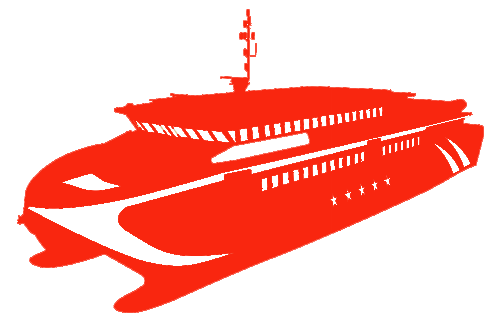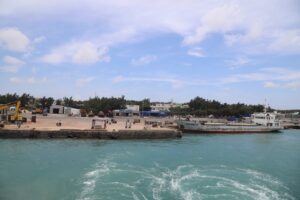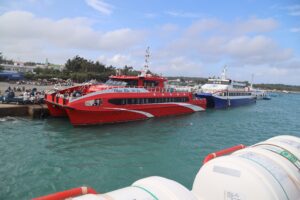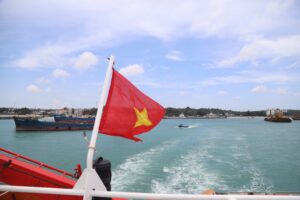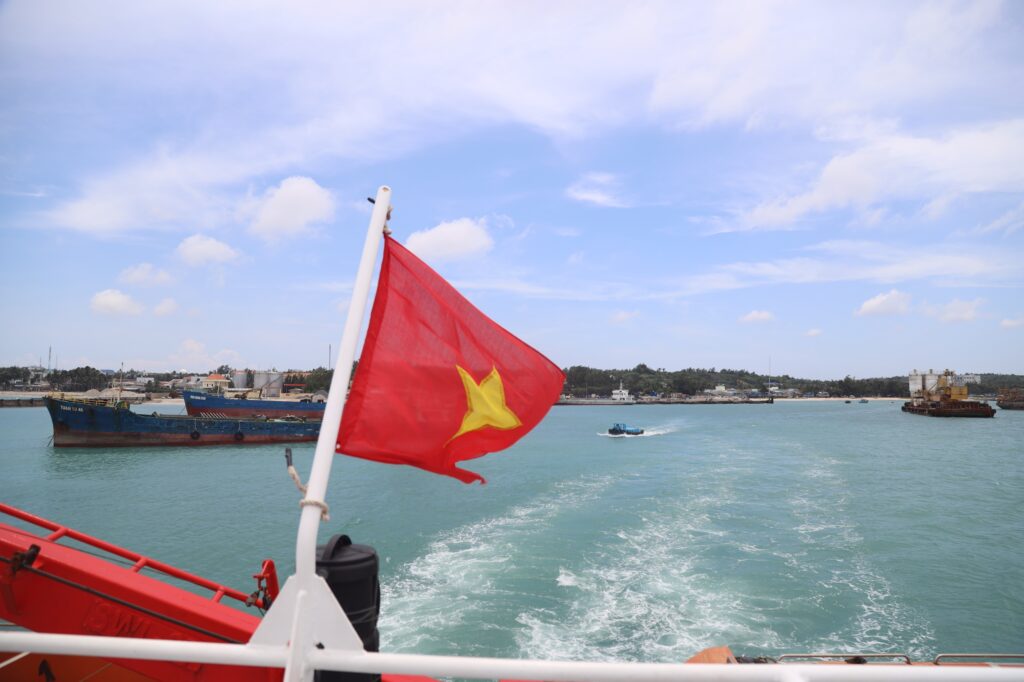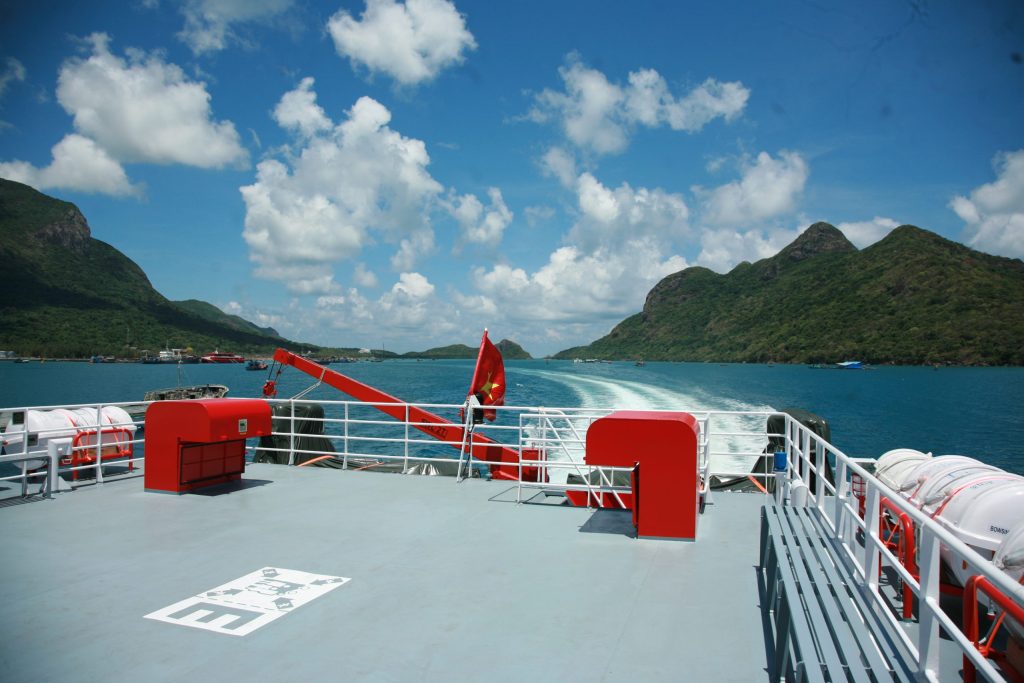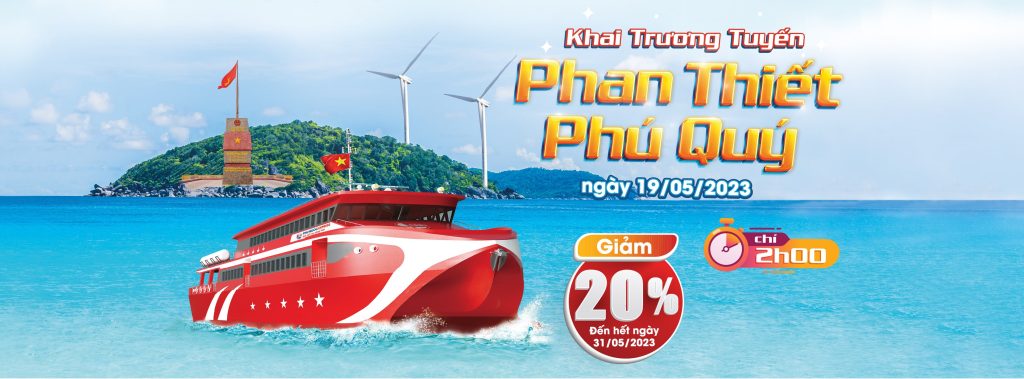Apart from days with calm seas and favorable weather, the maritime route to Phú Quý Island is known as one of the roughest in Vietnam, with high waves and complex wave patterns. If you’re planning a trip, be sure to review these seasickness prevention tips and ticket booking guidance for the high-speed ferry to Phú Quý Island.
Check the Weather Forecast Before Booking
The most common cause of seasickness for travelers is bad weather. When the weather is unstable or unfavorable, waves and the ship’s motion can easily trigger seasickness.
Therefore, it’s best to avoid traveling by sea during periods of rough weather. Check the marine weather forecast before making any travel plans involving ferries.
Keep Your Body in Good Condition
Prepare yourself both mentally and physically before boarding the ferry. A well-rested, well-nourished body helps you stay refreshed and better equipped to handle the motion of the sea.
Two to three days before departure, follow a healthy diet and get adequate rest. Supplementing with vitamins and minerals can help boost your immune system.
Even if you’re traveling in summer, bring along a light jacket or sweater. The weather at sea can change quickly—from sunshine to rain—and getting cold can increase your chances of seasickness.
Eat Wisely Before Boarding
Avoid eating too much before getting on the ferry, as a full stomach may cause food to back up into your esophagus, making you more prone to vomiting. It’s better to eat something light like bread, steamed buns, or pastries.
Avoid hard-to-digest or fatty foods, caffeinated or carbonated drinks, and acidic fruits like oranges and lemons before boarding.
It’s also a good idea to prepare ginger water—a traditional remedy known to be effective against seasickness, motion sickness, and low blood pressure. If you have fresh ginger, slice it thinly and bring it with you to steep in warm water when needed. Ginger candies can also be quite effective in these situations.
Choose the Right Seat
This is one of the most important factors in preventing seasickness. Try to find a seat in the middle of the vessel, as it’s the most stable area and least affected by the motion of the waves.
Avoid sitting at the front (bow) or back (stern), which tend to move the most. Don’t fix your gaze on things like books, videos, or your phone. Instead, try to face the direction opposite the ship’s movement—this can help reduce the feeling of motion.
When the sea gets rough, avoid walking around. If you must move, be cautious—step firmly as the ship rises and falls with the waves. Don’t look down at the water or nearby objects; instead, focus on a distant point on the horizon.
On the Trưng Trắc Phú Quý high-speed ferry, when booking tickets, ask the staff to assign lower-deck, mid-ship seats—especially for elderly passengers, women, and children.
Bring Motion Sickness Medication
Lastly, prepare anti-nausea or motion sickness medication. Common options include antihistamines like Bonine and Dramamine, or Scopolamine, which comes in pill or patch form and usually requires a prescription.
These medications work by countering the brain chemicals that cause seasickness. Talk to your doctor about which option is best for you—some medications may not be effective when combined with others and can have side effects like drowsiness, dry mouth, or dry eyes.
Dramamine, in particular, works best if taken before symptoms start—so take the medication before boarding, not after seasickness sets in.
Once again, ginger-based remedies—like ginger water or ginger candies—are a great natural alternative or complement to medication.


